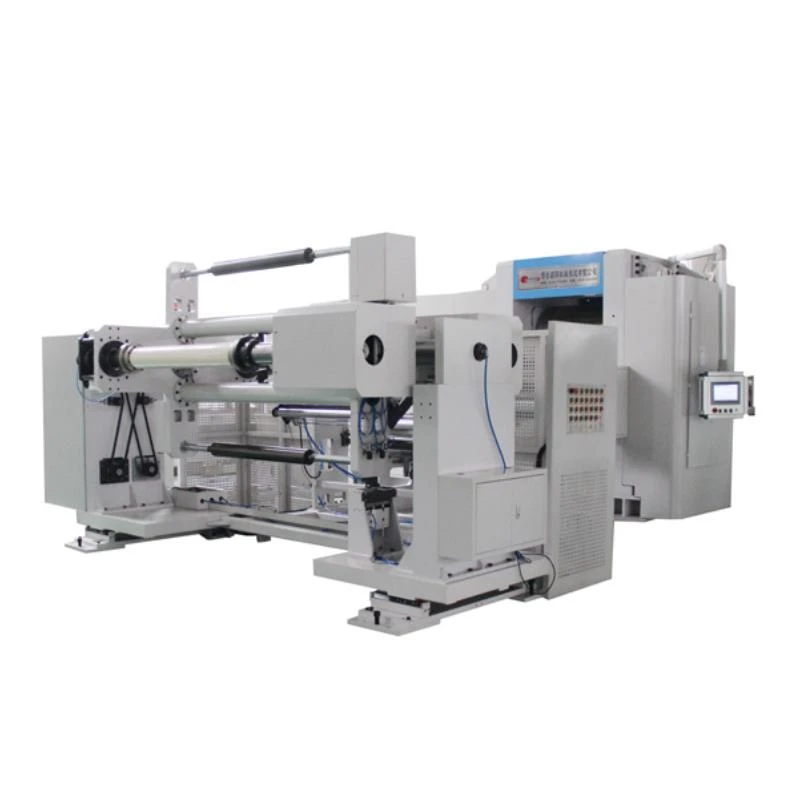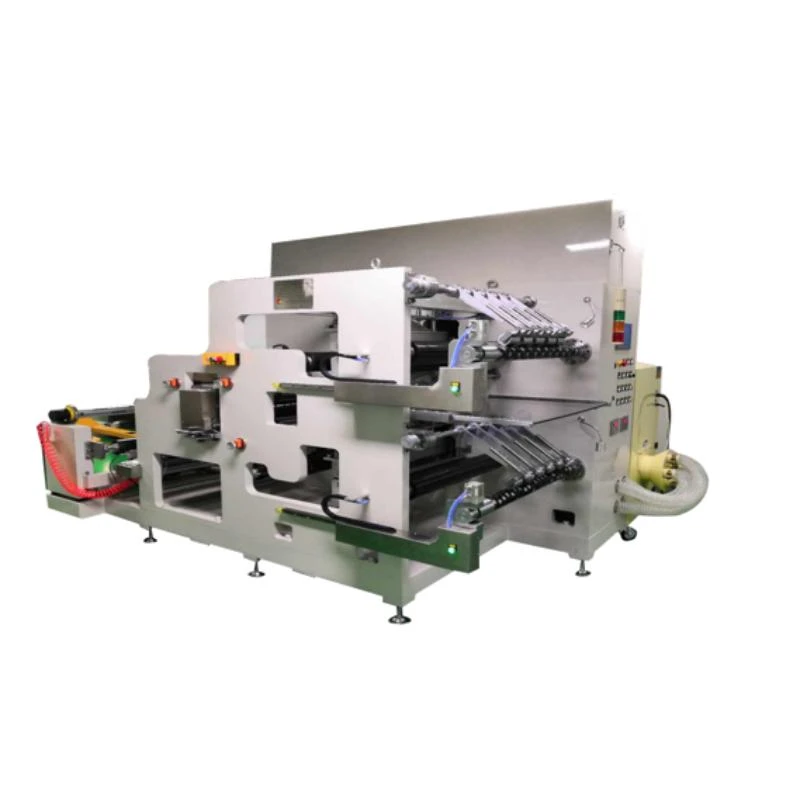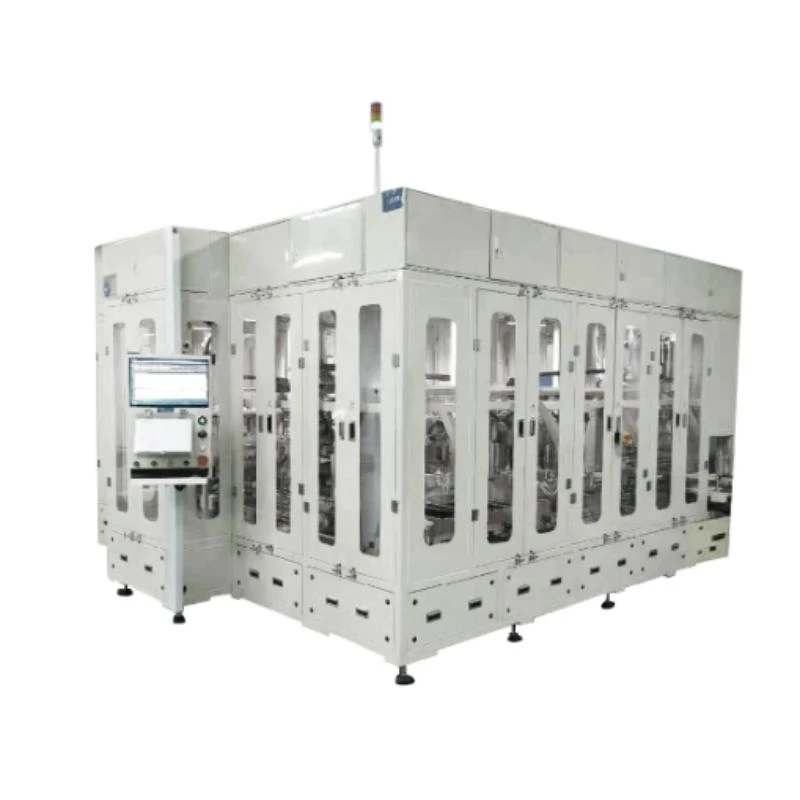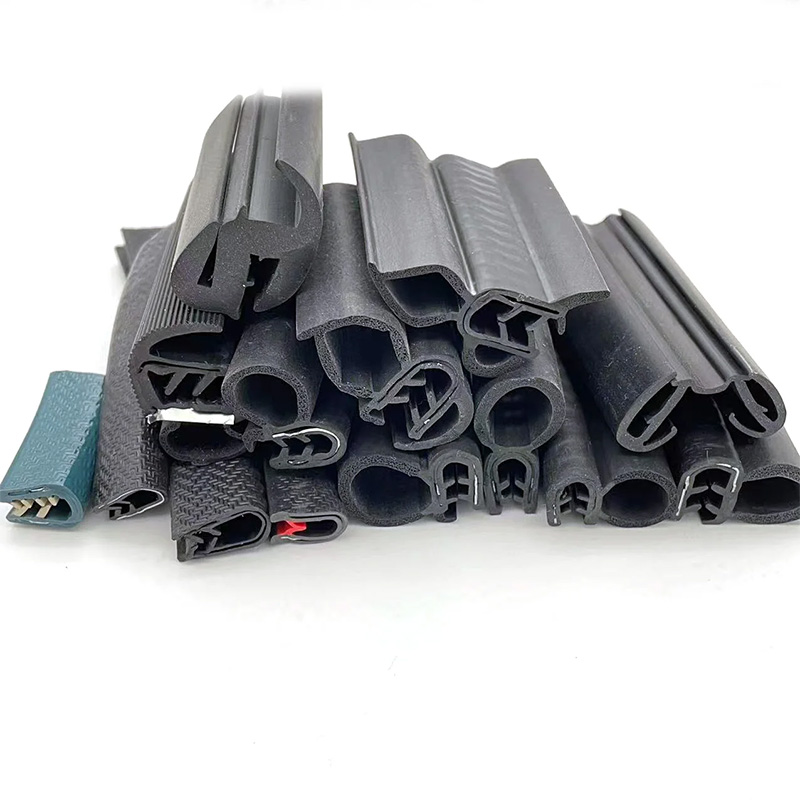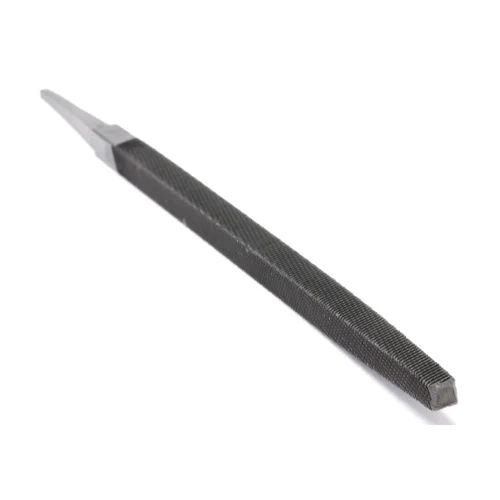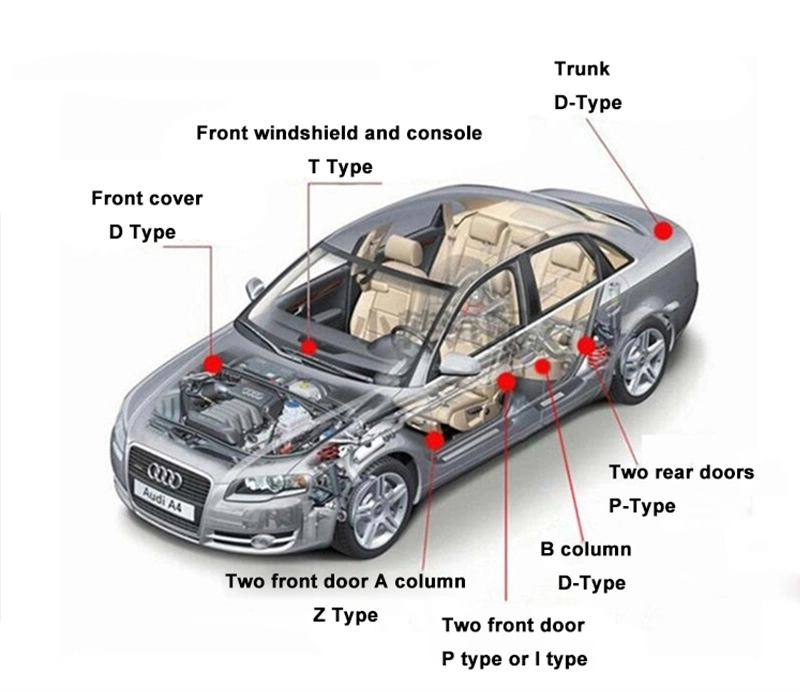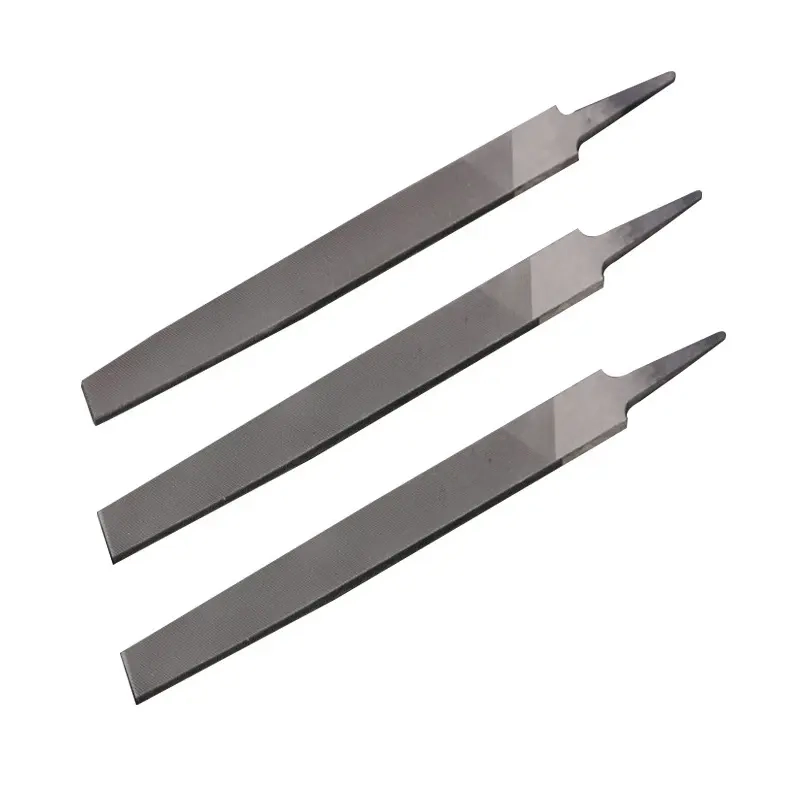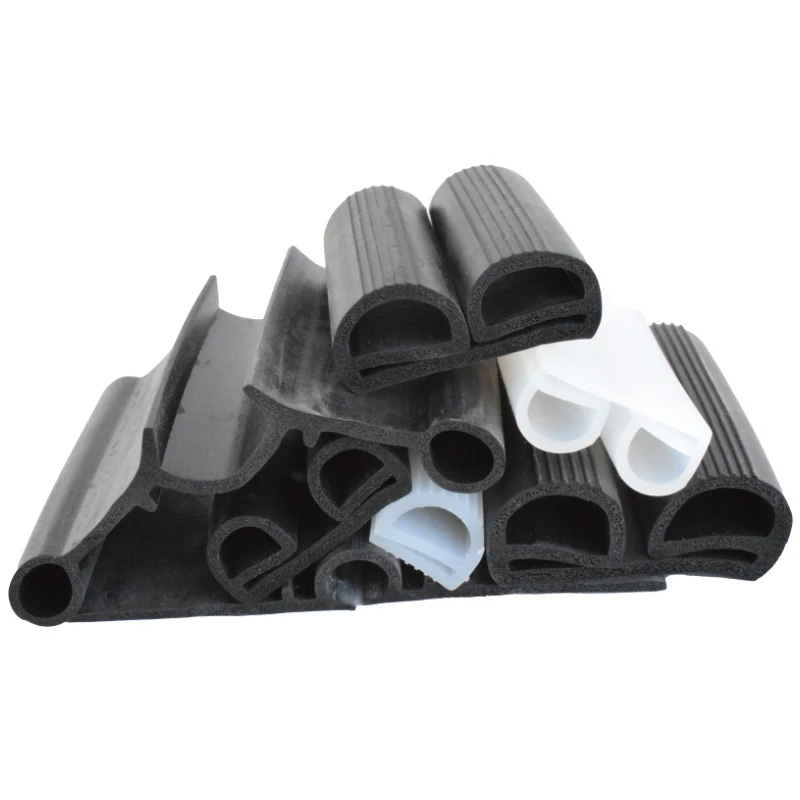Advanced Equipment for Lithium Battery Assembly Line Solutions
The global market for equipment for lithium battery assembly—including lithium cell assembly machinery, lithium ion battery assembly line technologies, and specialized lithium ion battery production equipment—has seen explosive growth over the past decade. This momentum is driven by accelerating demand for electric vehicles (EVs), renewable energy storage, and consumer electronics. According to the Statista 2023 market outlook, the lithium-ion battery manufacturing equipment sector surpassed USD 7.8 billion in 2022 and is projected to grow at a CAGR exceeding 17% through 2028.
This article delves deeply into equipment for lithium battery assembly, providing an expert review of industry trends, technical specifications, manufacturing processes, product benchmarks, and best-in-class machinery such as the Automatic Vacuum Leak Detection System. We'll reference global standards (ISO, ANSI), deliver trusted data, and demonstrate real-world deployment to ensure you gain unmatched insight and actionable guidance.
1. Industry Overview & Market Trends
- Rapid Electrification: Global EV battery demand estimated to reach 3,000 GWh by 2030 (source: BloombergNEF), spurring innovation in equipment for lithium battery assembly.
- Automation & Digitalization: Modern assembly relies on robotics, smart sensors, and real-time process control for high throughput and consistency.
- Quality Requirements: ISO 9001, ISO 14001, and IEC 62619 compliance now baseline for new machinery, including leak detection and end-of-line testing.
- Material Innovation: New cathode/anode materials (NMC, LFP, silicon composites) push machinery accuracy and cleanliness standards higher than ever.
2. Core Technical Parameters: Equipment for Lithium Battery Assembly
The following technical parameters are crucial for selecting equipment for lithium battery assembly and related systems:
| Equipment Type | Key Technical Parameters | Typical Value / Range | Certifications |
|---|---|---|---|
| Cell Winding Machine | Winding Speed, Tension Control, Error ±µm | Max 2.5 m/s, ±5 µm | ISO 9001, CE |
| Electrolyte Filling Machine | Filling Accuracy, Vacuum Level | ±1.0% (2g), -95 kPa | ISO 9001, IEC 62619 |
| Cell Sealing Machine | Sealing Pressure, Temperature | Pressure 0–6 MPa, Temp 20–260ºC | ANSI, ISO 14001 |
| Baking Oven | Uniformity, Max Temp, Chamber Size | ±2ºC, 300ºC, 300L | ISO 17025 |
| Vacuum Leak Detection System | Detection Limit, Cycle Time | 1×10-6 mbar·l/s, | ISO 17025, CE |
| Laser Welding Machine | Spot Size, Power, Weld Depth | 0.2-2mm, 1-6kW, 2mm | ANSI, ISO 9001 |
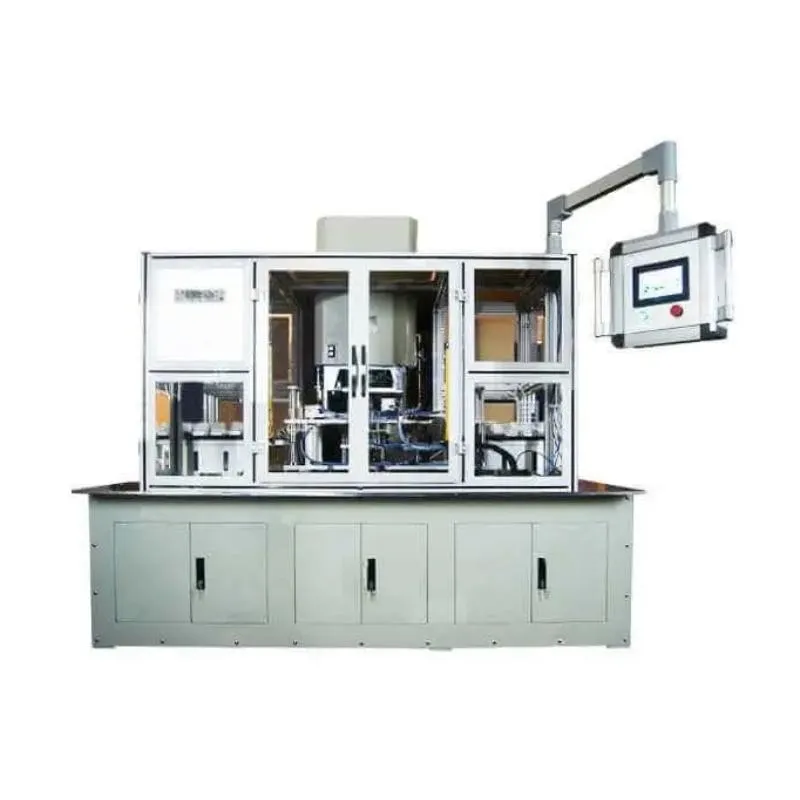
3. In-Depth Process Flow: Lithium Battery Assembly Line
4. Product Highlight: Automatic Vacuum Leak Detection System
As a pivotal link in the equipment for lithium cell assembly chain, the Automatic Vacuum Leak Detection System offers industry-leading precision for battery housing integrity, directly impacting battery yield and cell safety. The system is designed to meet advanced lithium ion battery production equipment demands.
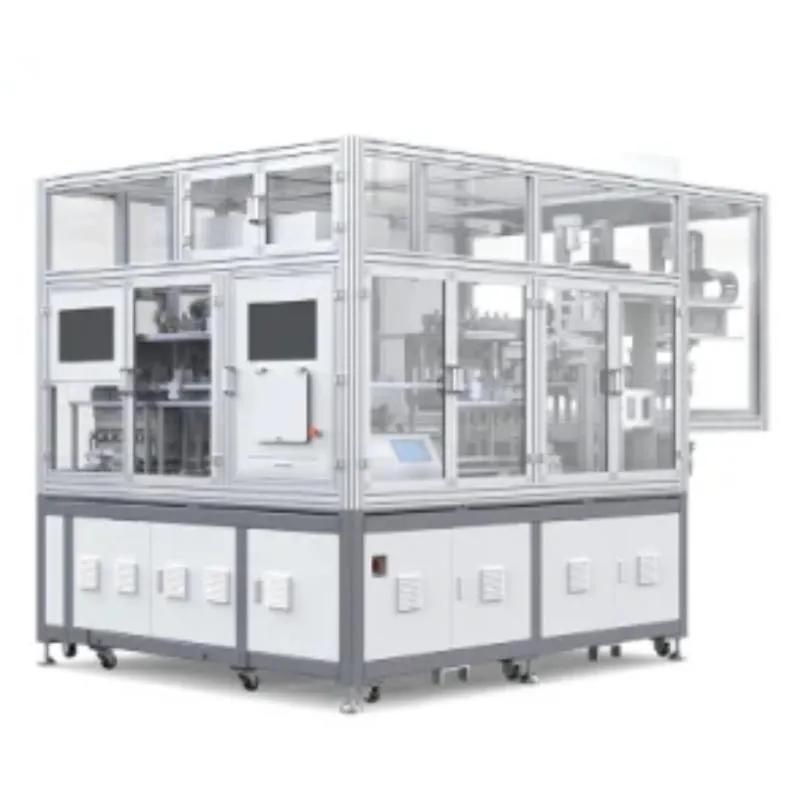
4.1 Material, Manufacturing Process & Compliance
- Main Body Material: Aerospace-grade aluminum alloy (7075-T6), precision-cast and CNC-machined for strength & corrosion resistance.
- Seal Components: Viton/EPDM per FDA & RoHS for chemical stability.
- Core Process: Multi-stage casting, heat treatment, five-axis CNC, robotic assembly.
- Surface Finish: Hard anodized (ISO 7599, Class AA20), anti-corrosion grade ≥ 7 (per ASTM B117 salt spray test).
- Electronics: Embedded microcontroller with 100 ms response digital vacuum sensors.
- Compliance: CE, ISO 17025 calibration, ANSI Z540, IP54 protection.
- Service Life: ≥10 years/15 million cycles (verified by factory endurance test data).
- Application Industries: Lithium cell gigafactories, EV battery makers, energy storage, aerospace, petrochemical, pipelines.
4.2 Product Specifications: Technical Parameter Table
| Parameter | Specification | Industry Benchmark | International Standard |
|---|---|---|---|
| Leak Detection Limit | 1×10-6 mbar·l/s | 1×10-4 mbar·l/s | ISO 20485-2 |
| Cycle Time/Cell | ≤8s | 10s | IEC 62619 |
| Applicable Cell Sizes | Prismatic: 60–300mm (L), Cylinder: 18–46mm (D) | 100–250mm | IEC 61960 |
| Sensitivity Drift (24h) | ≤3% | 5% | ISO/TS 16949 |
| Vacuum Pumpdown | To <1 mbar in <6s | 8s | ANSI/ISA S93.00.01 |
| Input Power | AC 220V, 50–60Hz, <2.2kW | 3kW | - |
| Certifications | CE, ISO 17025, ANSI Z540.1 | CE | IEC 61010 |
4.3 Advantages in Real-World Scenarios
- Yield Boost: In gigafactory environments, detection has improved battery yield by 2.2% (case: CATL, 2022).
- Safety Assurance: Early-stage leak detection eliminates >97% faulty cells pre-formation, minimizing recall risk.
- Applicable to Prismatic/Pouch/Cylindrical: Assures compatibility with all major cell formats.
- Corrosion Resilience: Withstands aggressive electrolyte atmospheres; 5000h salt-spray proven (ASTM B117 tested).
- Process Integration: PLC + MES ready for vertical integration into smart factory lines.
5. Manufacturer Comparison: Technical/After-sales Benchmarks
| Vendor | Leak Detector Sensitivity | Customization | Lead Time | Certs/Standards | Support |
|---|---|---|---|---|---|
| XTSH | 1×10-6 mbar·l/s | Full | 5–8 weeks | CE, ISO, ANSI Z540.1 | 24/7, Online+Onsite, 12mo warranty |
| INFICON | 1×10-5 mbar·l/s | Partial | 10–12 weeks | CE, ISO | Online, 1yr |
| LBA Tech | 1×10-4 mbar·l/s | Limited | 12–16 weeks | CE | Email, 6–9mo warranty |
6. Custom Solutions & Integration Capabilities
Whether for high-volume lithium ion battery assembly line or specialized pilot plants, tailored engineering is critical. Key customization areas include:
- Fixture Adaptation: CNC-milled fixtures for prismatic, cylindrical, or pouch formats.
- MES/PLC Integration: Seamless data handoff to Siemens/Omron/Schneider MES for traceability.
- Environment Sealing: Granular leak-tester sealing profiles per customer housing spec.
- Cycle Optimization: Dual-station configurations to halve throughput time (achieved ≤6.5s/cell in BYD project, 2023).
- Remote Diagnostics: Embedded IoT diagnostics for OEE/maintenance.
- Data Analytics: Exportable XML/CSV outputs compatible with battery traceability systems.
7. Real-World Cases & Client Feedback
-
Case: CATL, China (2023)
Application: End-of-line leak detection for EV battery modules
Result: Reduced false negative rate to <0.1%, enhanced process yield by 2.2%, enabled 7x24h non-stop operation. Integration with plant MES achieved 30% faster QA response. -
Client: Northvolt, Sweden
Application: Automated vacuum leak detection for lithium energy storage cells
Feedback: “The high repeatability and robust quality have streamlined our entire production QC process.” -
Case: Petchem Pipeline (UAE, 2022)
Application: Leak detection of battery-powered telemetric sensors returned to service in corrosive and high-humidity surroundings.
Result: System demonstrated stable results after 9,700+ cycles in a 5000h ASTM B117 salt spray test; no critical corrosion noted.
8. FAQ: Professional Answers to Key Terms & Concerns
- Q1. What is the main material used for the vacuum chamber?
- A: Aerospace-grade 7075-T6 aluminum alloy, which combines high strength, thermal stability, and corrosion resistance (ASTM B179 certified).
- Q2. What is the minimum detectable leak rate?
- A: 1×10-6 mbar·l/s, measured using helium as per ISO 20485-2.
- Q3. What are the key installation standards for this equipment?
- A: CE, ISO 17025 calibration, ANSI Z540.1 electrical safety, IEC 61960 battery compatibility.
- Q4. Can it adapt to different lithium cell formats (prismatic, pouch, cylindrical)?
- A: Yes, with CNC-customized fixtures and PLC-programmable sequences for every major battery form factor.
- Q5. How long is the equipment warranty and service support?
- A: Standard warranty is 12 months. Lifetime technical support, with 24/7 online diagnostics included.
- Q6. What is the mean equipment service life?
- A: Factory tested to ≥10 years/15 million cycles under typical gigafactory conditions (verified by accelerated endurance testing).
- Q7. How does the system ensure product quality traceability?
- A: All leak test data is logged with timestamp, batch number, and exported in XML/CSV for direct upload to MES/battery management platforms following IEC 62915.
9. Delivery, Quality Assurance & Client Care
- Standard Delivery Cycle: 5–8 weeks depending on customization.
- Quality Guarantee: Full QA per ISO 9001, 100% functional testing, compliance certificates provided at shipment.
- Onsite Commissioning: Available for all major regions; includes operator training, remote assist, and post-installation documentation.
- After-sales Service: 24/7 online support, periodic remote diagnostics, free firmware updates, spare parts within 48h (in-stock items).
- Extended Warranty: Additional 12–36 months available upon request.
- Customer Knowledge Base: Online library with manuals, troubleshooting, video guides, case studies.
10. Conclusion & References
As lithium battery technology advances, the role of precision-engineered equipment for lithium battery assembly—especially in quality-critical domains like leak detection—is vital for competitiveness and safety compliance. XTSH’s Automatic Vacuum Leak Detection System demonstrates best-in-class technical performance and real-world deployment across leading global manufacturers.
Share
-
Lithium Battery Welding Machine | High-Precision, Fast, SafeNewsNov.17,2025
-
Aluminium Guide Roller | Anodized, Lightweight, Low-NoiseNewsNov.17,2025
-
Tofu Cat Litter Bulk – Eco, Low-Dust, Fast Clumping SupplyNewsNov.17,2025
-
Equipment for Lithium Cell Assembly | Automated & PreciseNewsNov.10,2025
-
Square File Tool – Precision Cut, Hardened Steel, VersatileNewsNov.10,2025
-
Lithium Ion Battery Assembly Machine | Automated, High-SpeedNewsNov.10,2025
